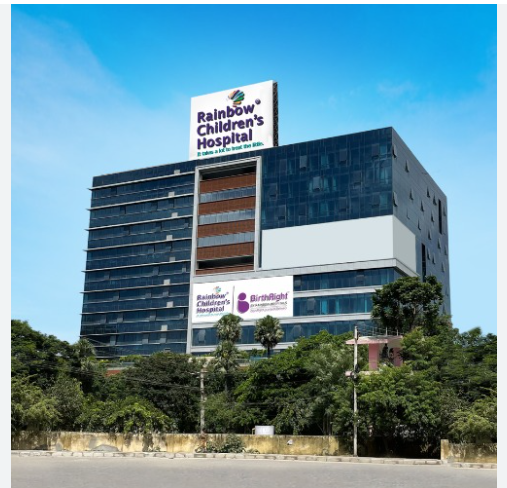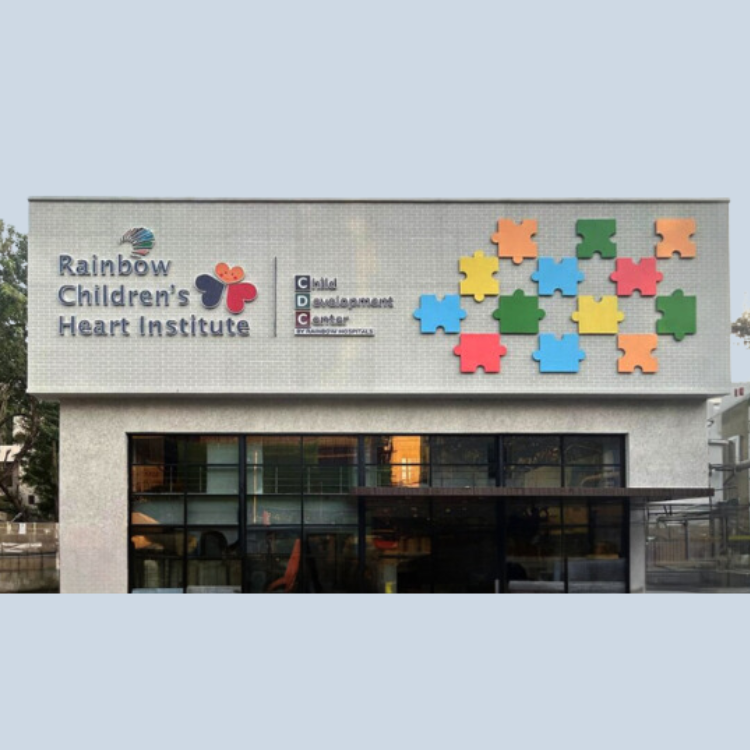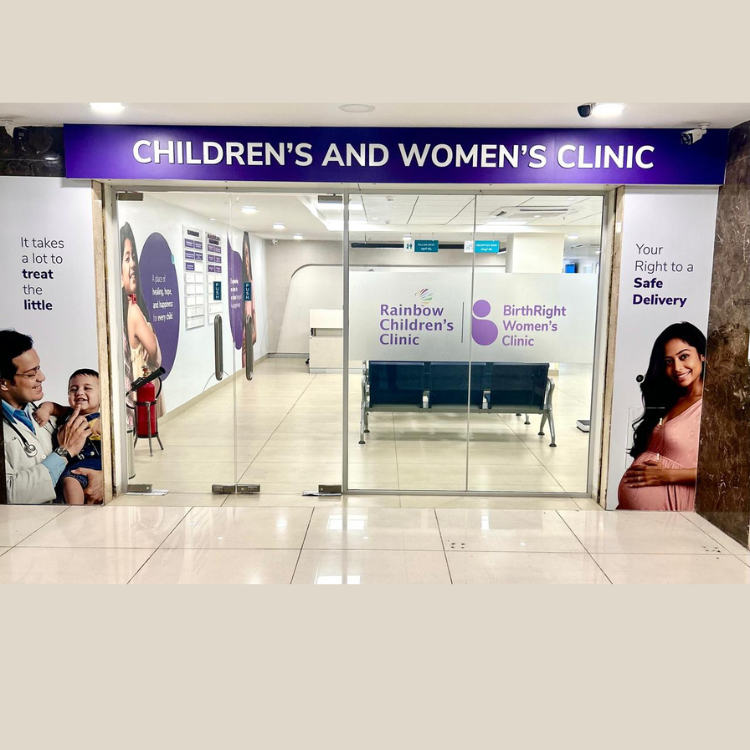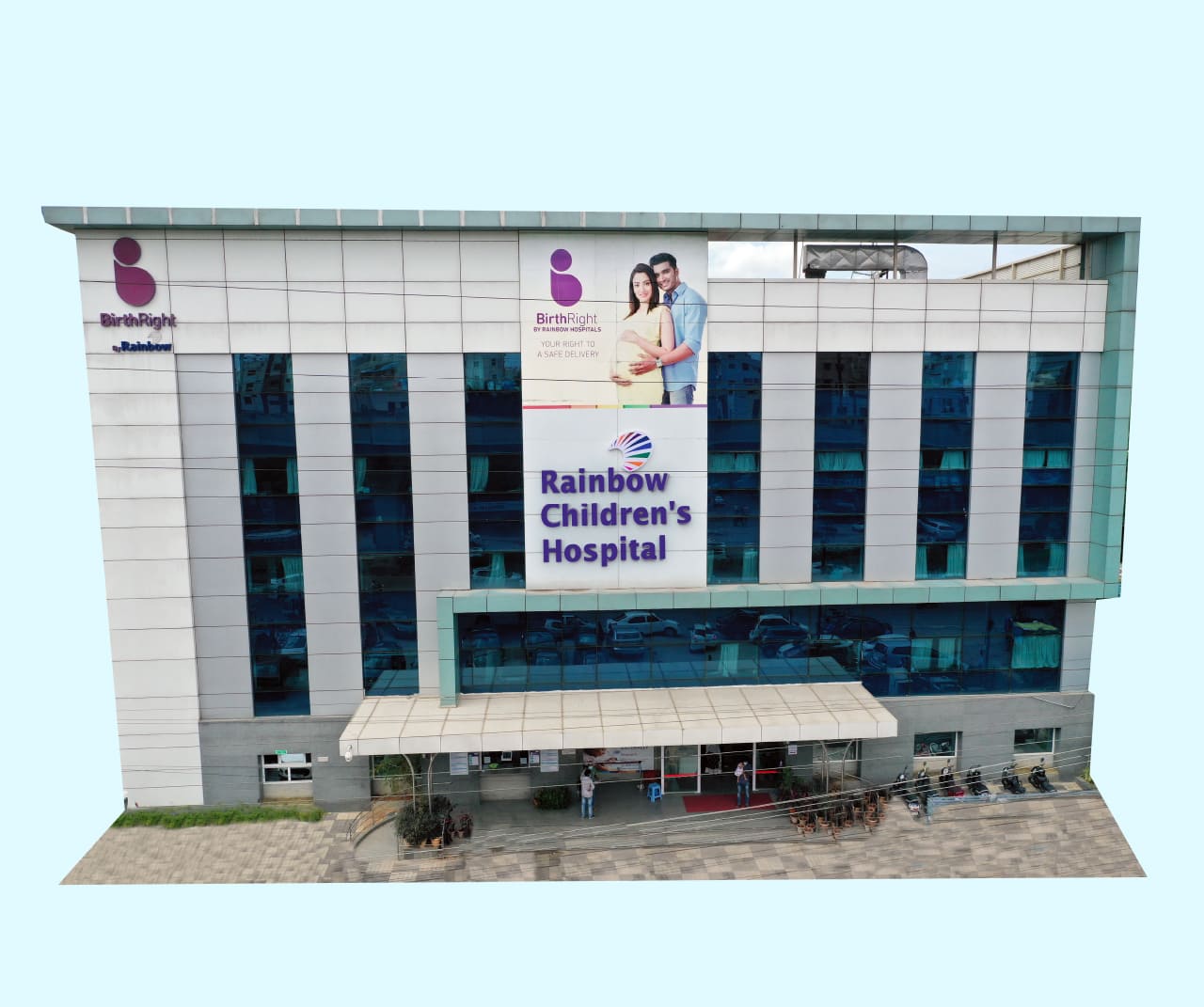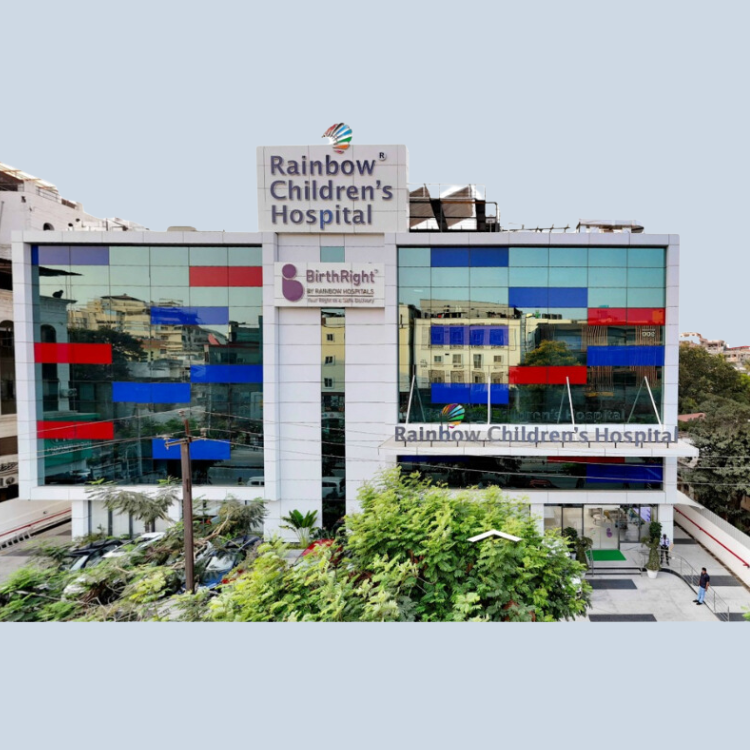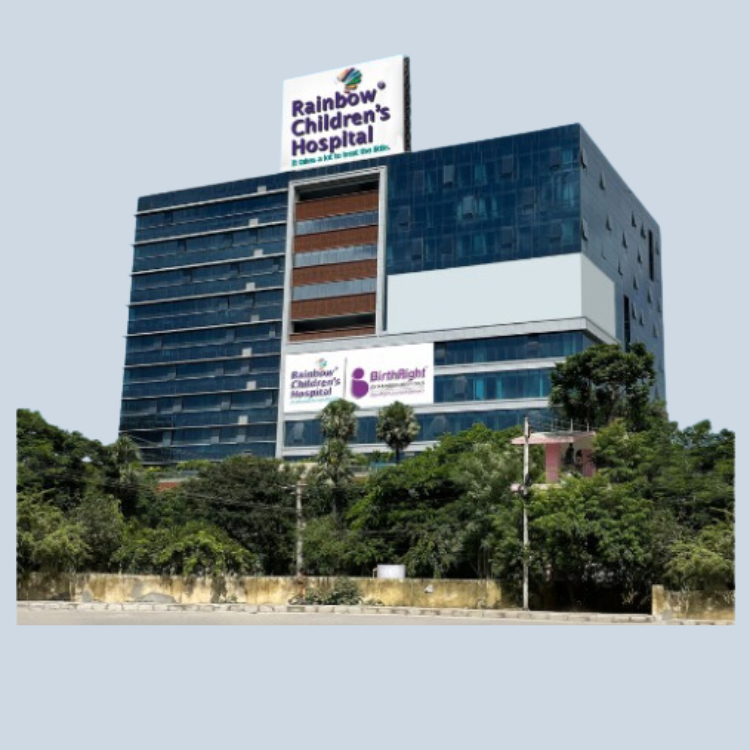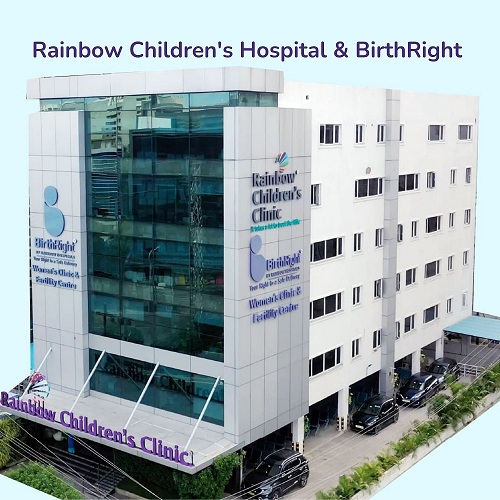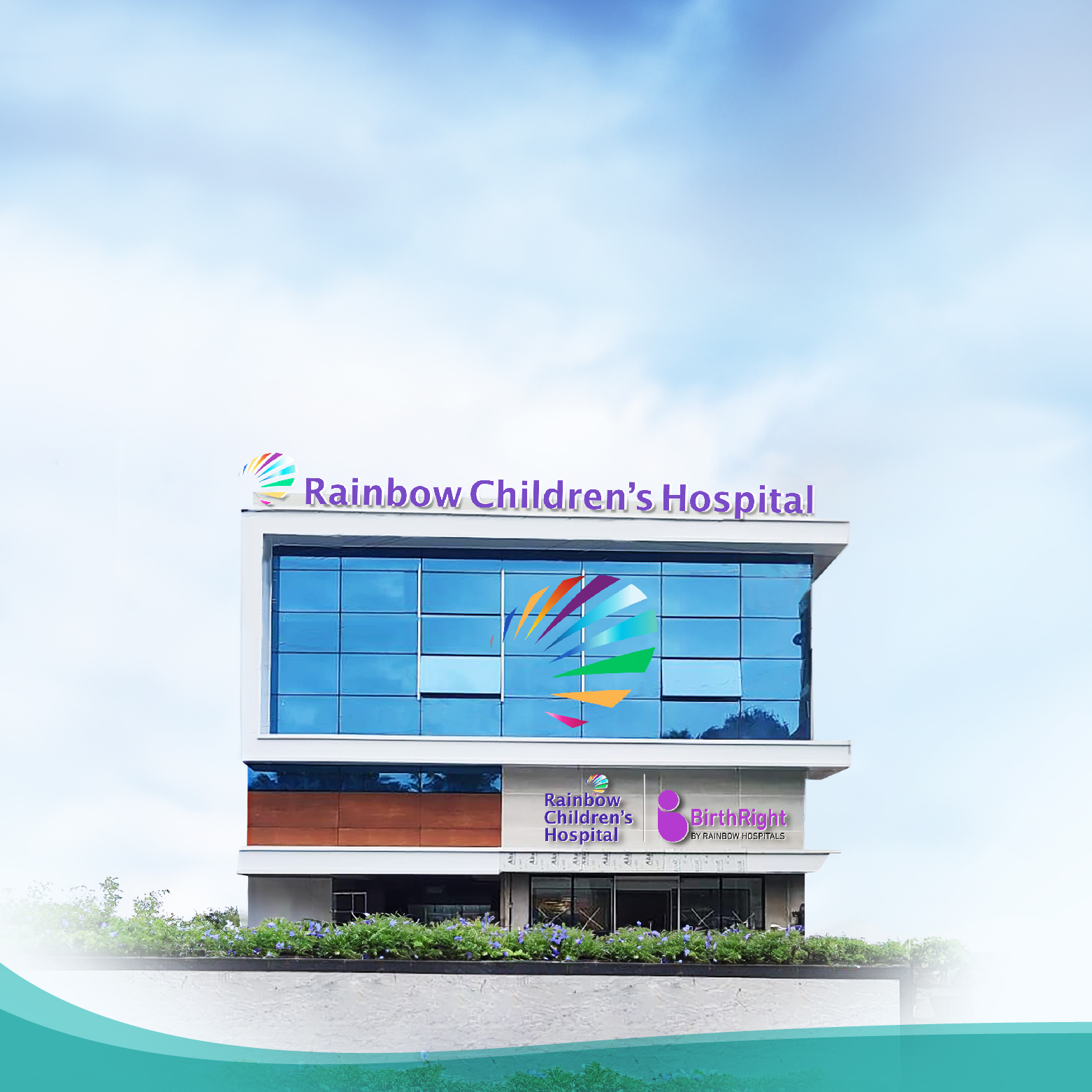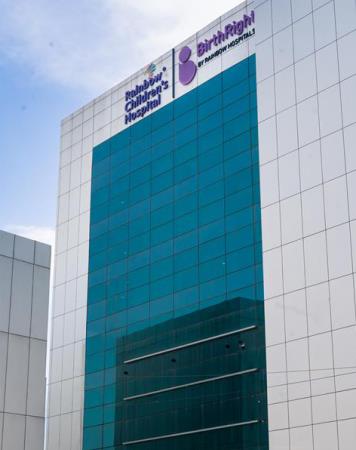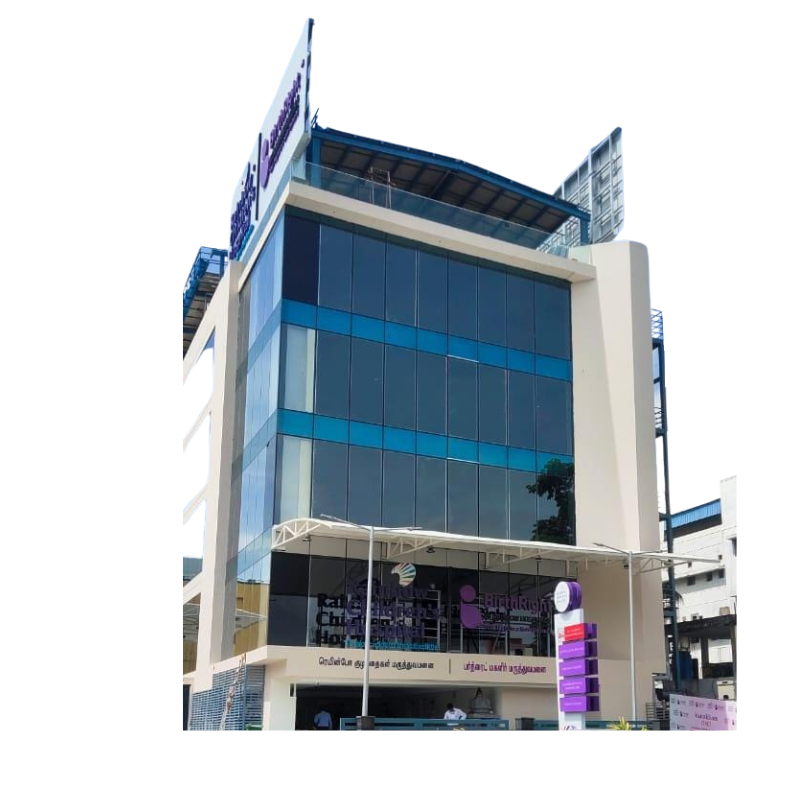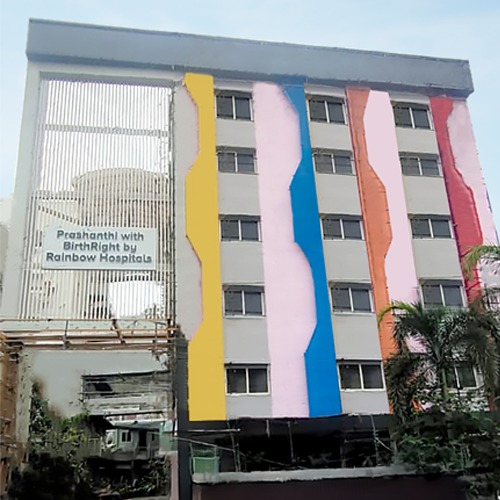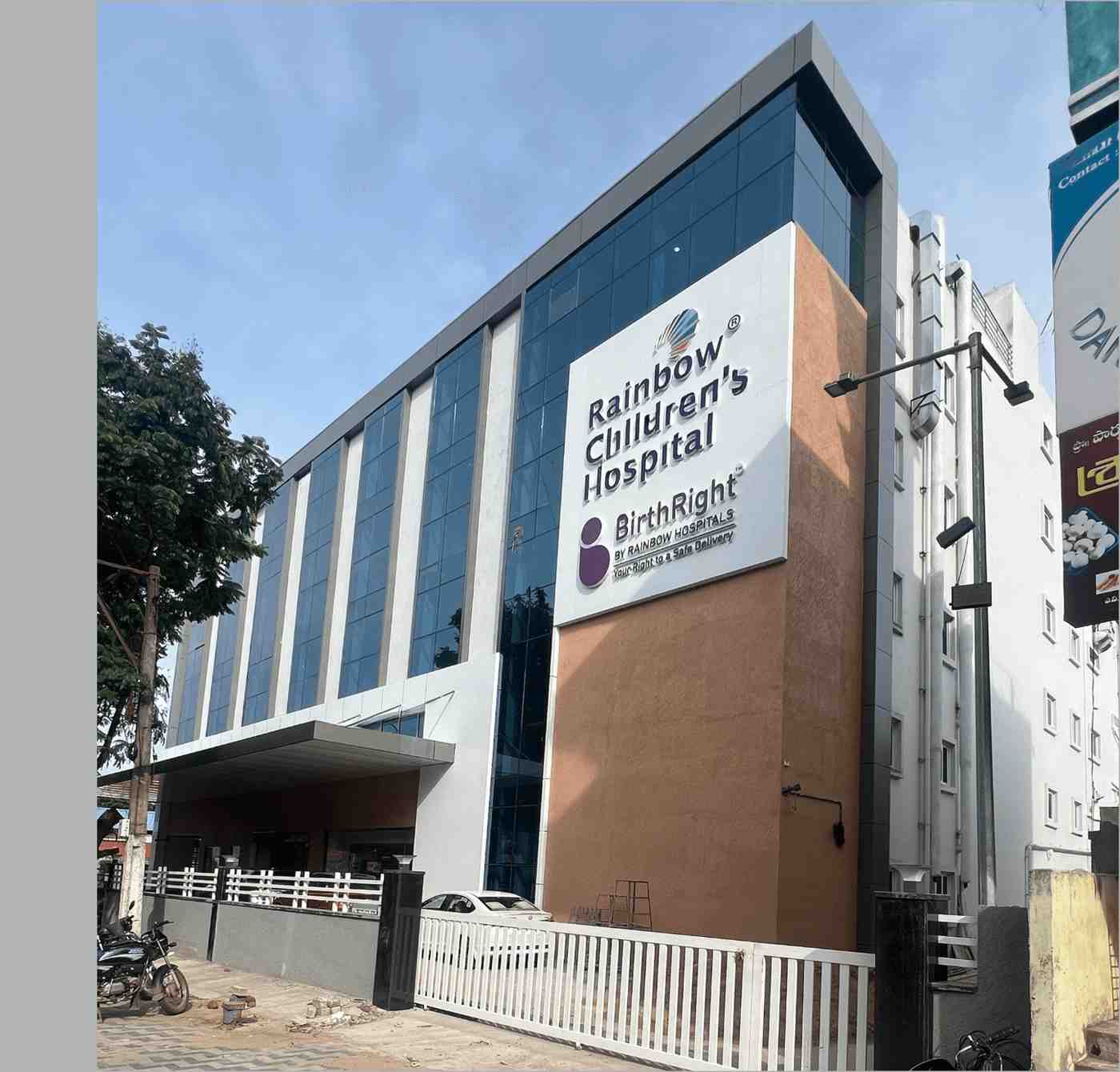Find a Doctor
Expertise you can trust, Meet our esteemed doctors who bring exceptional knowledge, compassion, and innovation to provide top-notch care for your health and well-being.
Best Treatment For Meningioma in Children, Vizag
Best Treatment For Meningioma in Children, Vizag , In Vizag, Meningiomas are primarily known as tumors that form in the protective membranes covering the brain and spinal cord. Though more commonly found in adults, they can also occur in children, although relatively rare. These tumors arise from the meninges, the layers of tissue covering the brain and spinal cord. While most Meningiomas are typically benign in children, their location and size can impact neurological functions.
Treatment for Meningioma in children often involves a multidisciplinary approach. Specialists in pediatric neurology, neurosurgery, and oncology collaborate to create a tailored treatment plan. The primary goal is to remove the tumor while preserving neurological function. Surgical intervention is the primary treatment modality, aiming to excise the tumor as much as possible without causing damage to vital structures. However, complete removal might not always be feasible if the tumor is in a sensitive location or intertwined with critical brain structures.
Following surgery, additional treatments like radiation therapy or chemotherapy might be considered based on various factors such as tumor size, location, and the risk of recurrence. Regular follow-up visits and imaging scans are essential to monitor the tumor's progression and ensure the child's well-being post-treatment.
While Meningiomas in children are relatively uncommon, they require specialized care and expertise. Rainbow Children's Hospital in Vizag offers comprehensive care for pediatric brain tumors, including Meningiomas. Their multidisciplinary team of specialists ensures that each child receives personalized treatment, incorporating the latest advancements in pediatric neuro-oncology to optimize outcomes and improve the quality of life for young patients and their families.

Leading Hospitals
Rainbow Children's Hospital stands as a testament to the hospital's continual pursuit of excellence and innovation, providing specialized care for women and children.
Fragile X Syndrome affects both boys and girls, but the severity of the condition tends to be more prominent in boys. Since the mutation occurs on the X chromosome, boys typically experience more pronounced symptoms as they only have one X chromosome, while girls have two, potentially compensating for the affected gene.








